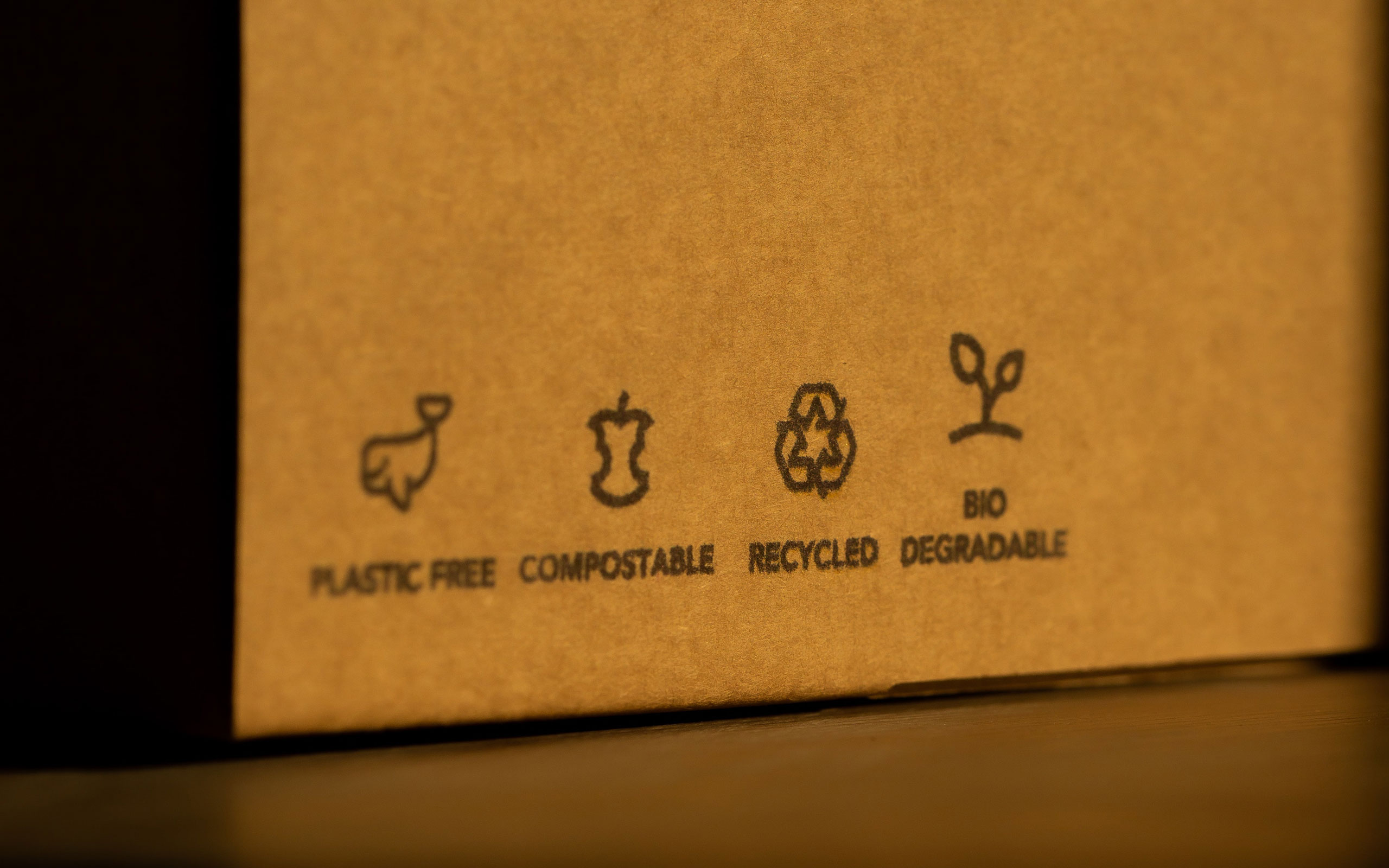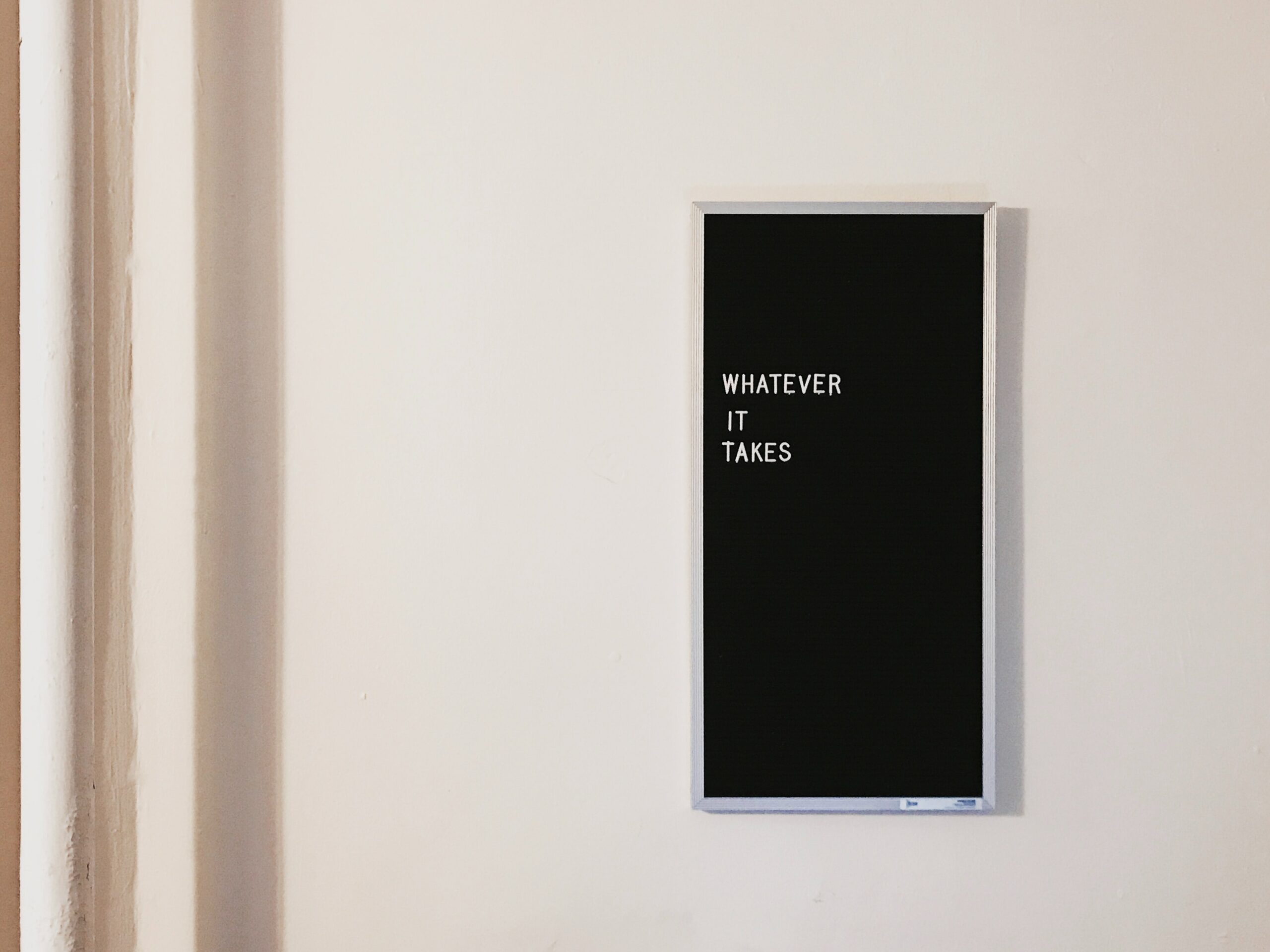A recent study revealed that globally, sustainability is rated as an important purchase crirterion for 60% of consumers. People are becoming increasingly aware of the need to shop ethically, and 87% of the time will actively choose a sustainable brand over the alternative if given the option.
With the number of conscious consumers rising, and the planet’s health gradually deteriorating, it makes both environmental and business sense make sustainability a core part of your brand’s vision, mission and story.
So…what is a sustainable brand? What does it look like?
A sustainable brand is one that has integrated environmental, economic and social issues into its business operations. It appreciates its impact on the world and strives to make sure said impact brings positive change in all aspects.
The question is how to create a truly authentic and well-meaning sustainable brand.
Here are some things to consider:
1. What is your purpose?
Who are you, what is your business and how is it contributing to the world? What do you want to achieve in the long and short term, and what is the impact of this on the environment, culture and society? Sustainable branding begins with being necessary in the beginning. Believing in your product and what it provides is fundamental to building an authentic, true brand. This can be achieved by building core brand values alongside sustainability goals; these then provide you with a clear direction for your brand and its way forward.
2. Are you in it for the long haul?
No “sustainable” brand is dreamt up, marketed and sent out into the world wrapped in a big bow and considered a finished product. Being sustainable requires constantly reviewing your methods, processes, materials and ways in order to do things better. It’s looking at solid, long term solutions rather than say a quick fix to score that bottom line.
3. Where will you focus your efforts?
Sustainable is an all encompassing term. It means a lot of things to a lot of people, with heaps of different sub-categories (ethical, slow, eco-friendly, fair trade). It’s (commendably) ambitious to tick all of the boxes at once. So, what are your priorities? Where are you best focusing your intentions? Which definition of sustainability fits your ideals best?
For example, a business in the tourism sector might focus on a long-term plan to phase out their petrol-guzzling trucks and replace them with hybrid vehicles. It’s a visible decision with dramatic results and should be built into their sustainable brand story.
4. Avoid being called out for greenwashing
A natural brand colour palette and Kraft paper aesthetic used to be a signal for “we’re eco-friendly and sustainable!” But now, simply calling your brand sustainable and making it look the part isn’t enough. It’s important to back up and practise what you preach. Actions need to match up with claims. In return, evidencing sustainability grows trust in consumers as they learn that you really mean what you say. Transparency is key to sustainable branding.
5. Grow your tribe – believe in it together
Imagine putting something into the world that you completely stand by. Whatever it is, it encourages positive ways of doings things, as well as connection and change that will have a powerful impact. Imagine the feeling when you realise your consumers, supporters and followers all believe in this product too. They also want to do things with thought, care and consideration. An honest and authentic brand builds a tribe of like-minded people. Your brand becomes something relevant. Instead of being based on consumerism, your brand is built on the well-being of the people and the planet. When your values are inbuilt, this infiltrates your employees too. Educated and enthusiastic employees who truly care about the business will connect on a whole new level, because they believe and are passionate about what it is you do.
6. Positive change over dollar signs
A sustainable brand might go all out to make a positive contribution to the world. This can be achieved in many ways but some ideas are: donating or sponsoring local projects, dedicating professional time to helping others, setting aside company time to evaluate internal processes and how they can be improved for less environmental impact. Using your brand as a vehicle to make positive change allows you to connect with the community and give back.
The beauty is that it’s never too late to become a sustainable brand. Changes can be made as soon as now. It’s all about how to incorporate your actions and goals into your story, so it forms part of your identity going forward. Whether that’s you as a brand new start-up hitting the market tomorrow, or a 50-year-old company with some changes to review, sustainability is available for anyone who wants it.
Main Photo by Marcell Viragh on Unsplash


